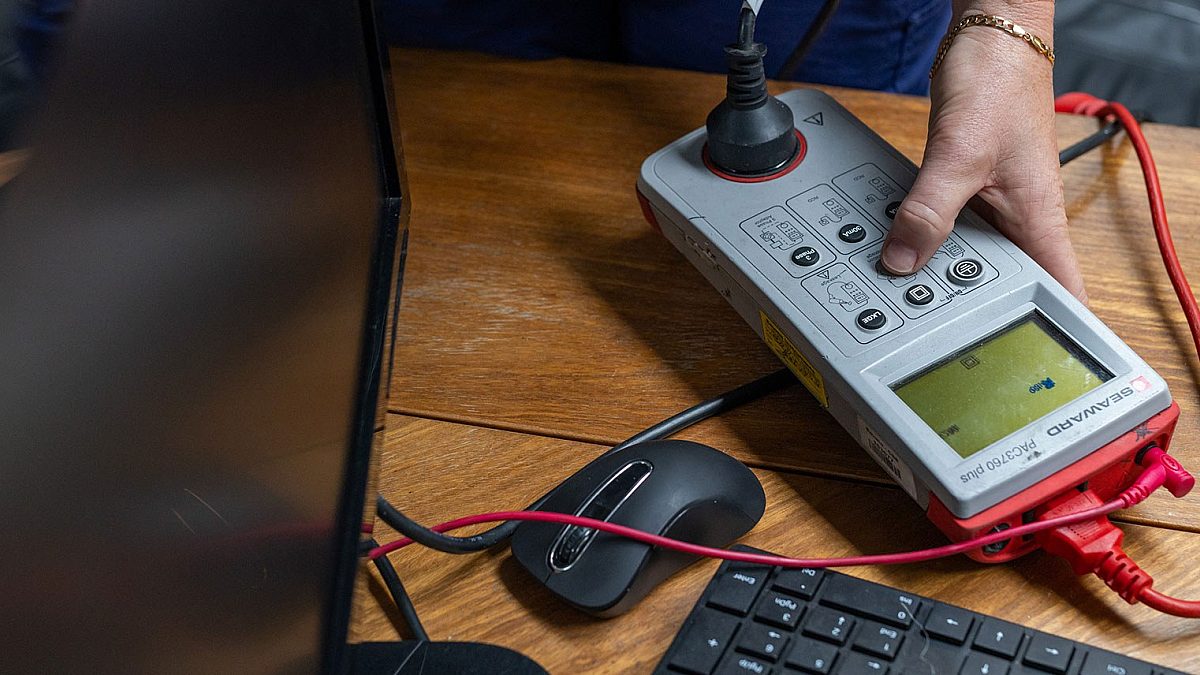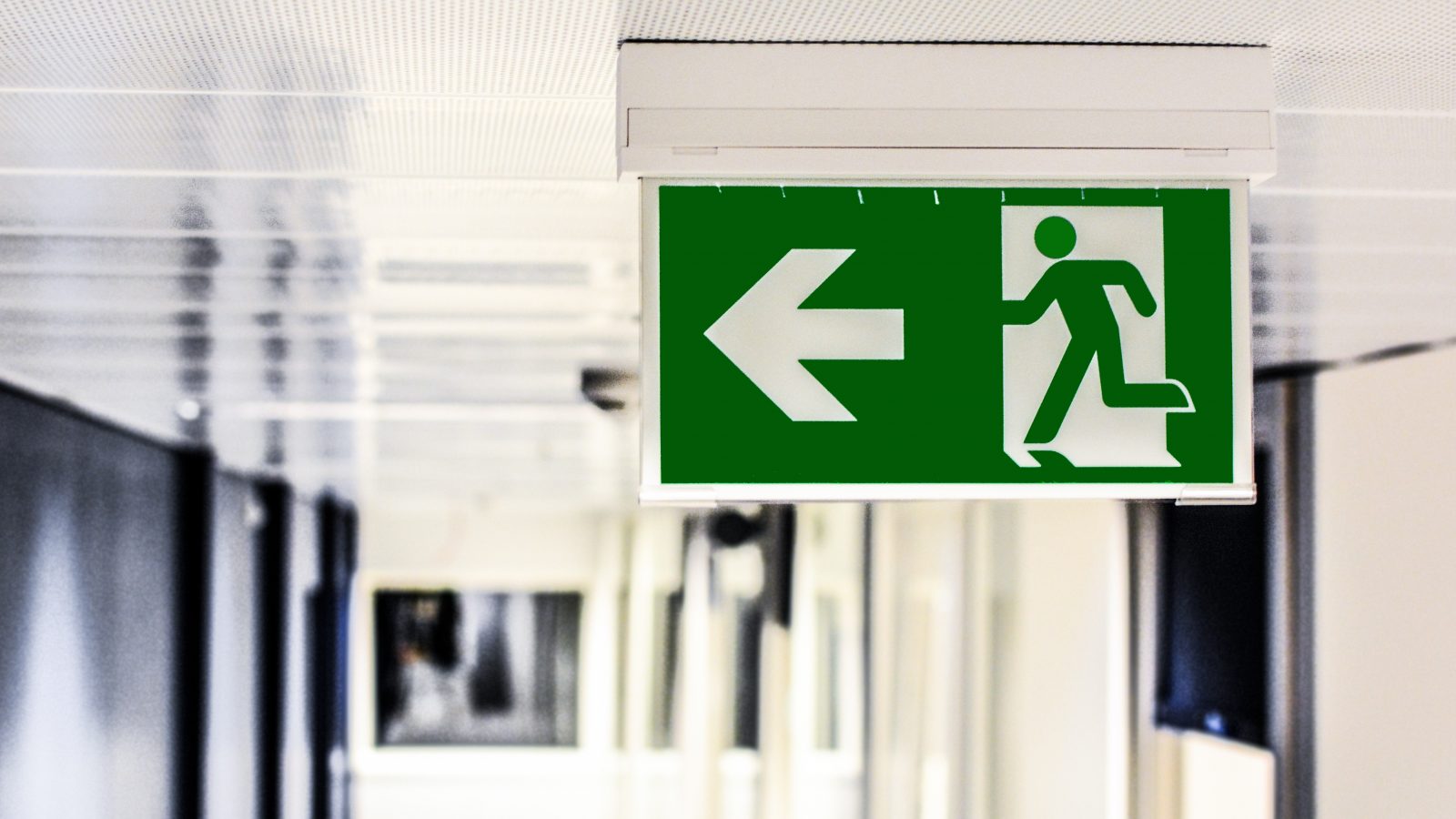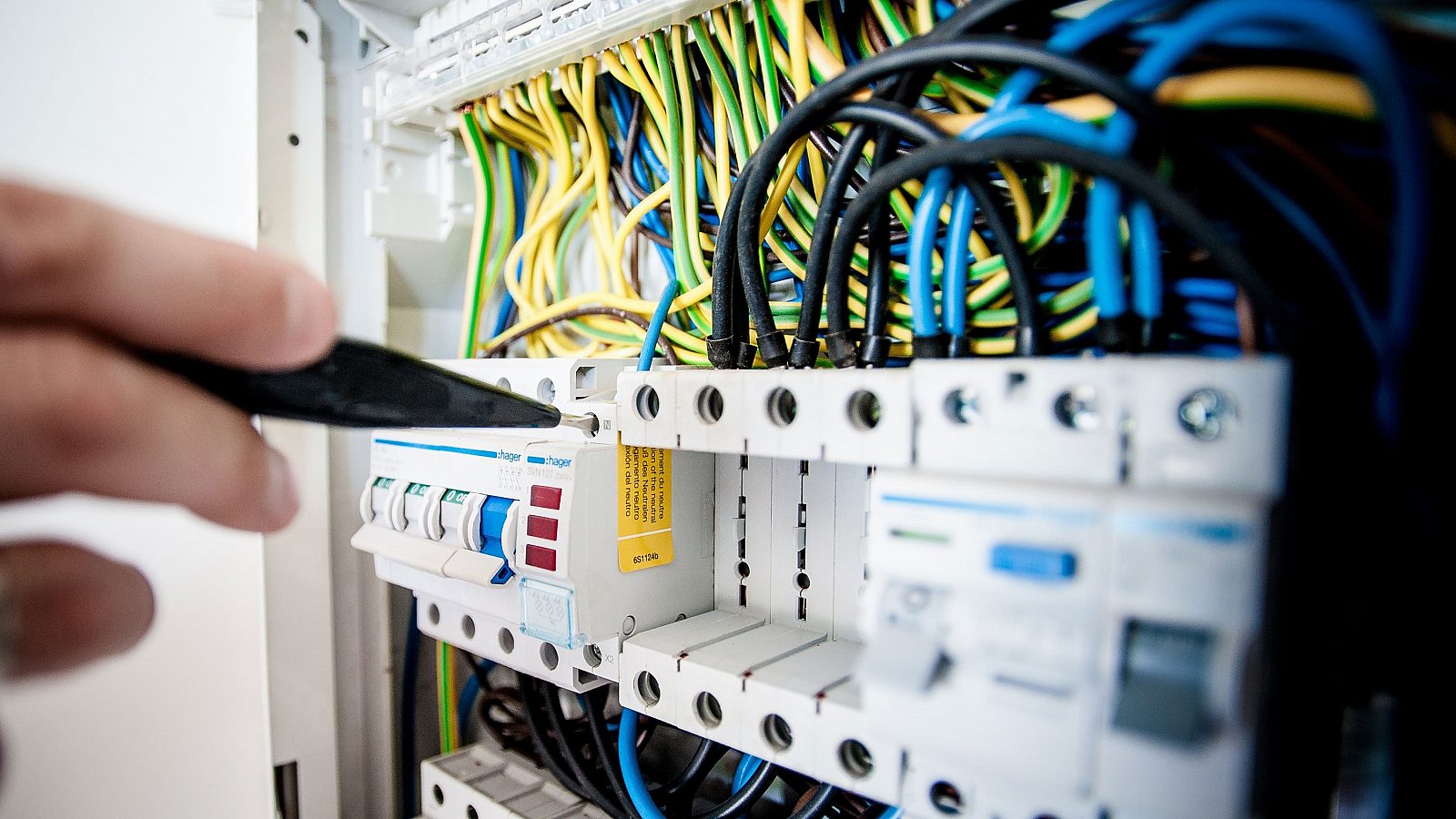Help
How is Emergency Lighting Testing carried out?
This is a test that certifies all the Exit & Emergency lights are in good working order and that the batteries sustain their charge for 90 minutes during a power blackout or building fire.
Six Monthly Tests
- Visual checks of all Emergency and Exit lights for mains operation.
- Check for operation of maintained exit lights and replace faulty lamps prior to testing where required.
- Isolate power to all exit and emergency lights, in most cases either by utilising the test switch or turning off the circuit breaker that supplies power to the fittings
- To meet the Australian Standards AS2293 / BCA requirements, a discharge test will last for a duration of 90 minutes.
- After tests have been completed the tester must restore the system to normal operation.
- Those units which have failed the discharge test must be either repaired and restored to normal condition or replaced.
- Lamp replacement of any defective lamps shall be replaced. All lamps should be replaced on a yearly or after 10,000 of operation.
Twelve Monthly Procedures
- Carry out all checks as per six-monthly procedures.
- Clean and Inspect fittings and clean reflective surfaces as necessary on all emergency and exit lighting diffusers as required
- Visual checks to ensure that the emergency lighting system operates in correct relationship to the normal lighting in any designated area.
Related Services

Compliance
Testing & Tagging
Testing and Tagging your electrical appliances to make you compliant and your staff safe

Compliance
Exit & Emergency Light Testing
Emergency & exit lights help people escape a building. They must be tested periodically

